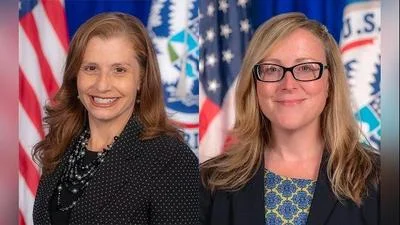Twenty-one states have come together in a lawsuit to ask the Supreme Court to review the Trump administration-implemented rule on abortion clinic funding. | Pixabay
Twenty-one states have come together in a lawsuit to ask the Supreme Court to review the Trump administration-implemented rule on abortion clinic funding. | Pixabay
A joint lawsuit from 21 states is challenging a Trump administration ruling on reproductive health care.
Attorneys General of Oregon, New York and California, in addition to those of 18 other states, are named as plaintiffs in the suit requesting the U.S. Supreme Court to examine a March 2019 rule that prevents clinics that provide or refer patients to abortion services from receiving federal funding.
Ellen Rosenblum, attorney general of Oregon, sid the rule is “destroying a safety net that has provided critical health services to low-income women and women of color for 50 years,” according to The Center Square.
Title X family planning program has provided reproductive health care to low-income women and families since 1970. Services covered include family planning counseling and contraceptive methods, and screenings for diabetes, breast cancer, and sexually transmitted diseases. Around 41% of Planned Parenthood clients receive family planning services under Title X. More than 44,000 Oregon women relied on Title X clinics in 2018.
Even though U.S. District Court Judge Michael McShane issued an injunction stating that the prohibition would result in negative health outcomes for low-income communities, the rule was allowed to take effect after the Ninth Circuit Court of Appeals and Fourth Circuit lifted McShane's and three other injunctions against the rule.
Similar petitions calling for the repeal of this rule have been started by the American Medical Association, the Oregon Medical Association, Planned Parenthood Federation of America, the National Family Planning & Reproductive Health Association and Essential Access Health.
Several states no longer have Title X providers. Those that do have seen more than half of the grantees withdraw from the program.


 Alerts Sign-up
Alerts Sign-up